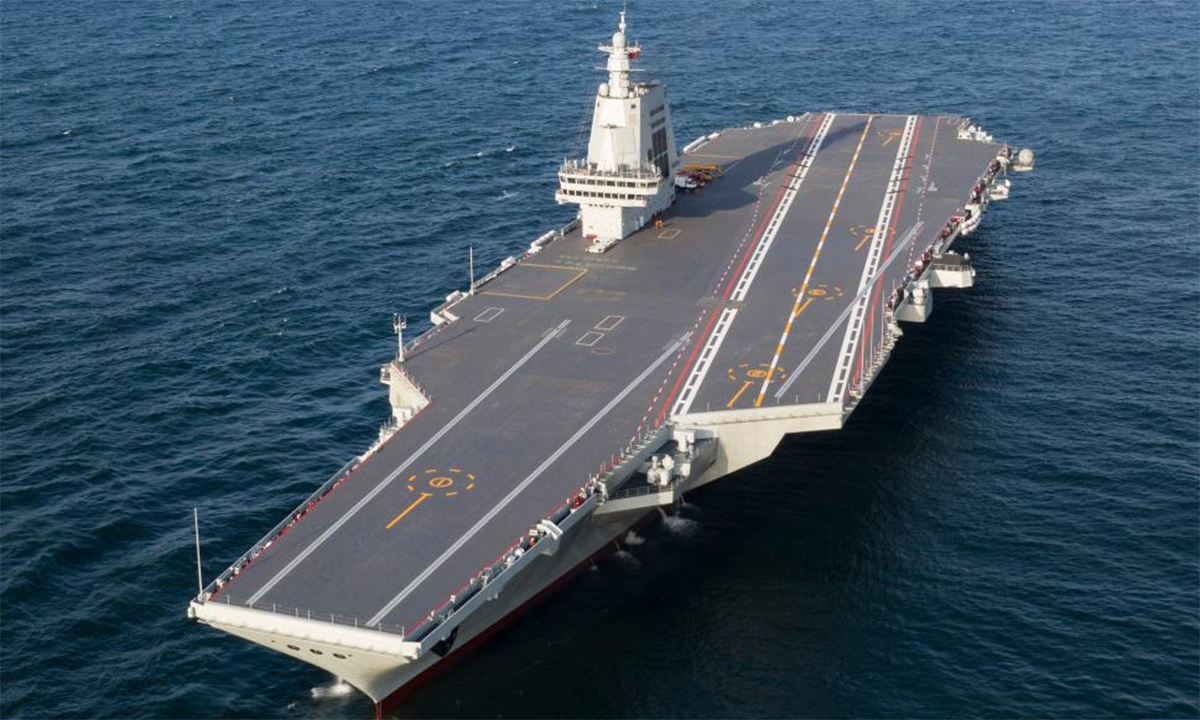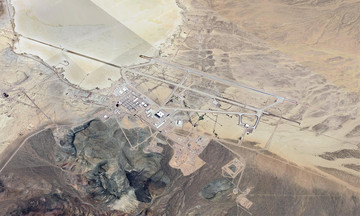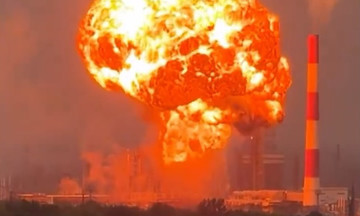Chinese state broadcaster CCTV aired a video last week showing the Jiangnan Shipyard, owned by the China State Shipbuilding Corporation (CSSC), where the Fujian was built and launched. The video then transitioned to footage of the warship at sea.
"In August 2025, China's first domestically designed and built aircraft carrier equipped with a catapult launch system is preparing for its commissioning ceremony. 88 years ago, the Imperial Japanese Navy's flagship Izumo sailed these same waters," the narration stated.
Social media accounts in China speculate that the Fujian's commissioning could occur in September, coinciding with anniversaries related to World War II's fight against Japanese fascism.
One possible date is 3/9, marking China's victory over Japan. Another is 18/9, the anniversary of the Mukden Incident in 1931. This incident, orchestrated by Japan, involved an explosion outside Mukden (now Shenyang), providing a pretext for Japan's invasion of Manchuria and the start of the Second Sino-Japanese War.
The Fujian is China's third aircraft carrier, following the Liaoning and the Shandong. It has completed eight sea trials since its first launch in May 2024, totaling 117 days at sea.
This surpasses the sea trial durations of the Liaoning (109 days) and the Shandong (84 days), suggesting more complex testing for the Fujian.
Photos from the past three months reveal final preparations for the Fujian at the Jiangnan Shipyard. Workers have removed scaffolding and cleaned tire marks from the flight deck left by previous trials.
 |
The Fujian aircraft carrier during sea trials in 2024. Photo: Xinhua |
With a displacement of 80,000 tons, the Fujian is Asia's largest warship and features three electromagnetic catapults (EMALS). It is designed to carry various aircraft: fighters, early warning aircraft, electronic warfare planes, and anti-submarine helicopters.
The Fujian's commissioning will make China the second country to operate an aircraft carrier with EMALS, after the US with its USS Gerald R. Ford. EMALS allows for higher aircraft launch frequencies compared to steam-powered catapults.
Pham Giang (According to Interesting Engineering)












